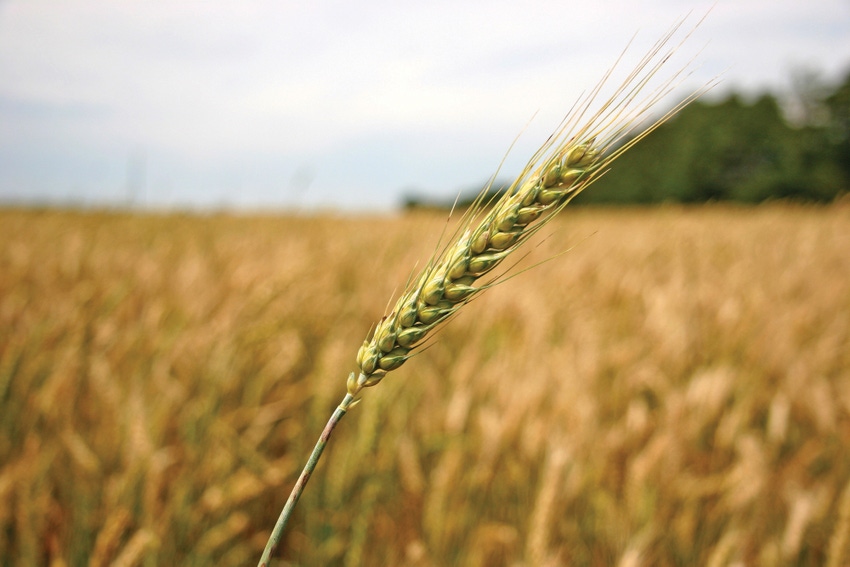February 5, 2015

The late January reprieve from cool weather had me thinking about wheat weed control already. Hopefully most of you got out some Axiom plus Prowl or Axiom plus Zidua or Anthem Flex last fall if you are fighting ryegrass. Our ryegrass survey populations keep coming back about 95 percent resistant to Hoelon, 50 to 60 percent resistant to ALS herbicides like Finesse, Osprey and PowerFlex and growing ever-more-resistant to Axial XL.
Whether you got that very early post shot out or not last fall, you’re probably getting ready to spray some Axial XL this spring for ryegrass. If you are not in an ALS-resistant situation, you can pick up broadleaves and ryegrass with PowerFlex; if you are fighting poa, I like Osprey. Axial XL is pretty much ryegrass-only, so a good tank-mix partner like Harmony Extra is needed. I would not tank-mix Axial XL with 2, 4-D. Express is a good tank-mix partner also, but will not control garlic/onion.
Application timing is always an issue in the spring. When can I or should I spray? I have had good luck killing small to fairly large tillered ryegrass with Axial XL. Of course, the smaller the better, but sometimes we run into cool temperatures. A good rule of thumb is 55 degrees or warmer for at least four days following application for best results. You do not want to apply any herbicide and then have temperatures drop below freezing for a week — worst case scenario.
Glyphosate-resistant ryegrass is also a growing problem for us in Arkansas, although we have never reached the levels that Jason Bond reports in Mississippi. I do follow his recommendations where we have heavier populations in burndown situations by applying Select now, followed by paraquat prior to planting. Tank-mix the paraquat with metribuzin (soybeans), atrazine (corn) or Diuron / Cotoran (cotton), depending on the crop. The addition of these PSII inhibitors will increase ryegrass control with paraquat.
On a final note, I am excited about a new area of research in our wheat weed control program. We have initiated studies looking at the effects of post-harvest weed seed management. Initially this will involve windrow burning and chaff removal by cart, but eventually we hope to gain access to weed seed destruction technology that is pulled behind the combine.
My ryegrass control work is funded by the Arkansas Wheat Promotion Board and would not be possible with their support.
You May Also Like




